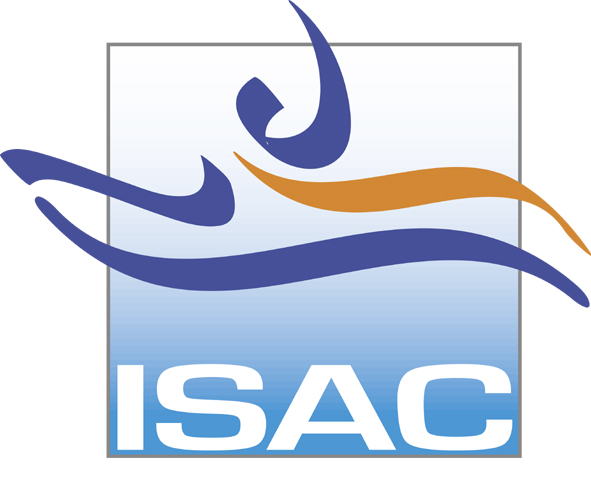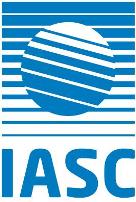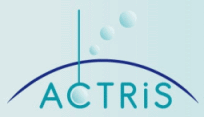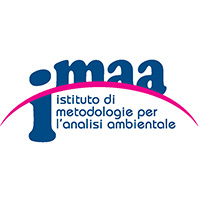Lunar Photometry: towards closing the gap in the annual cycle of aerosol optical depth climatology at high latitudes
Download agenda and presentations (requires password)








A number of studies using the data acquired at high latitudes demonstrate the value of having highly resolved spectral Aerosol Optical Depth (AOD) data. One concern is the expansion of oil and gas extraction in the Arctic and associated increase in shipping activity, which is expected to contribute to pollution and the amount of black carbon (BC) deposited on sea ice.
Data from several satellite programs have been used to study characteristics of aerosols on a global scale. The use of earth-observation data in Polar Regions is increasing steadily, despite the fact that the retrieval of Arctic aerosol properties using satellite data is challenging. There remain deficiencies in Arctic AOD climatologies due to a lack of validation data needed to improve retrieval algorithms, especially during winter when traditional Sun photometry cannot be employed.
Long polar nights represent a major obstacle to completing an AOD climatology and to improve understanding of processes that impact the surface radiation budget in Polar Regions. For example, at Ny-Ålesund the sun is below 5° of elevation from 10 October to 4 March, clearly limiting the period with sufficient sunlight for making conventional photometric observations.
Lidar observations have the capability of detecting atmospheric column aerosols at night. However, Lidar systems are located in very few sites in the Arctic, which are subjected to harsh environmental conditions. Retrievals usually provide limited spectral information if passive AOD observations are not available to constrain the extinction solution from the backscattering measurements.
To fill gaps in the Arctic AOD climatology, measuring irradiance emitted by stars or reflected Moonlight has been proposed. The difference between star-photometry and moon-photometry relies on simplicity, costs and maintenance of the instruments: the moon, or lunar photometer can be developed as an adaptation of a sun-photometer or sky radiometer, while star-photometers are more complicated, relying on the use of a light source orders of magnitude weaker than the sun or moon, thus requiring the use of astronomical instruments, more sophisticated apparatus, weather protection, and personnel dedicated to their routine operation.
Previously, researchers abandoned lunar measurements in favour of Star photometry because of the uncertainty in determining exo-atmospheric lunar irradiance (EAI). Today, however, high-precision EAIs are available through the U.S.G.S. ROLO project and lunar photometry is an emerging technology, with demonstrated success at high as well as at lower latitudes. To optimize network activity, there is an urgent need to bring the community together very soon to establish common goals and procedures to assure data consistency and quality.
Extended deadline: June 10, 2015